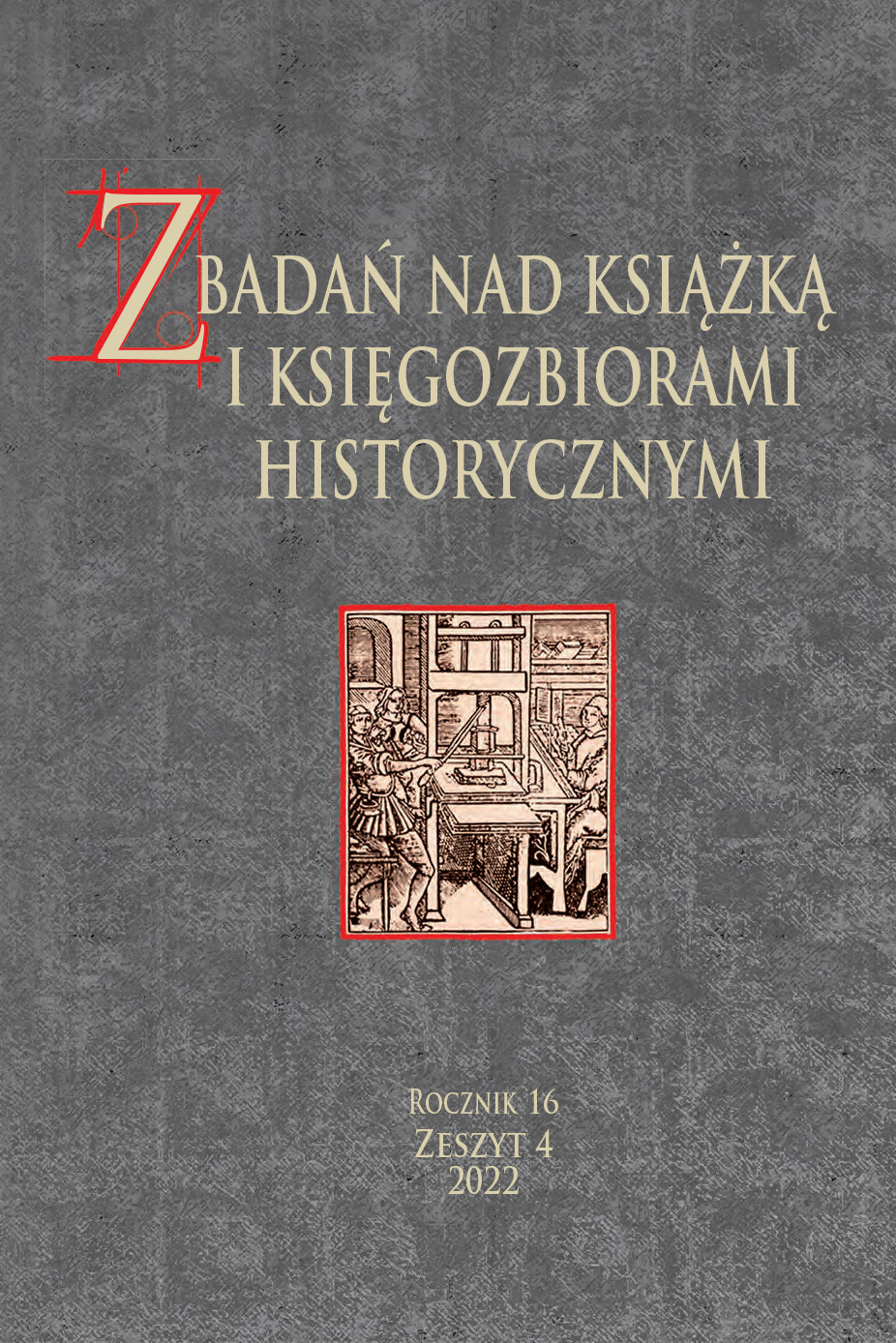Między słowem a gestem: konsekwencje stosowania technologii wspomagających czytanie i pisanie
Using Technology to Support Reading and Writing: Consequences and Implications
Author(s): Kamila AugustynSubject(s): Media studies, Cognitive Psychology
Published by: Wydawnictwa Uniwersytetu Warszawskiego
Keywords: predictive text suggestions; gesture writing, collaborative writing; VSTF; mobile devices; new media literacy; emotion recognition;
Summary/Abstract: I summarize findings from studies conducted over the last 20 years regarding writing and reading on digital devices. In this literature review, the aim is to explore the effects on human cognitive ability of such functions as predictive text suggestions, gesture writing, collaborative writing, and visual-syntactic text formatting (VSTF). I also consider how writing patterns can be used. Studies have shown that auto-suggestions can significantly change the final message and make it less original. The way in which the content is displayed has a huge impact on how it is perceived. VSTF promotes careful reading, improves memory, and facilitates text analysis in older students. Comparing handwriting to writing using digital devices has demonstrated the importance of visual aspects for the recognition and copying of letters. Handwritten notes improve memory and stimulate deeper levels of cognitive function. The use of VSTF and co-editing documents can be most beneficial to low-level language learners. A more in-depth analysis is needed of emotions’ impact on forms of collaboration as well as the efficiency and multimodality of text input on comprehension.
Journal: Z Badań nad Książką i Księgozbiorami Historycznymi
- Issue Year: 16/2022
- Issue No: 4
- Page Range: 587-618
- Page Count: 32
- Language: Polish

